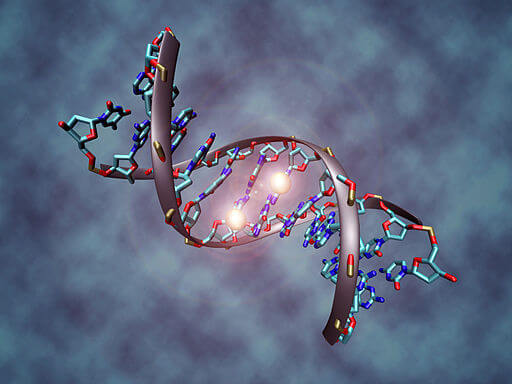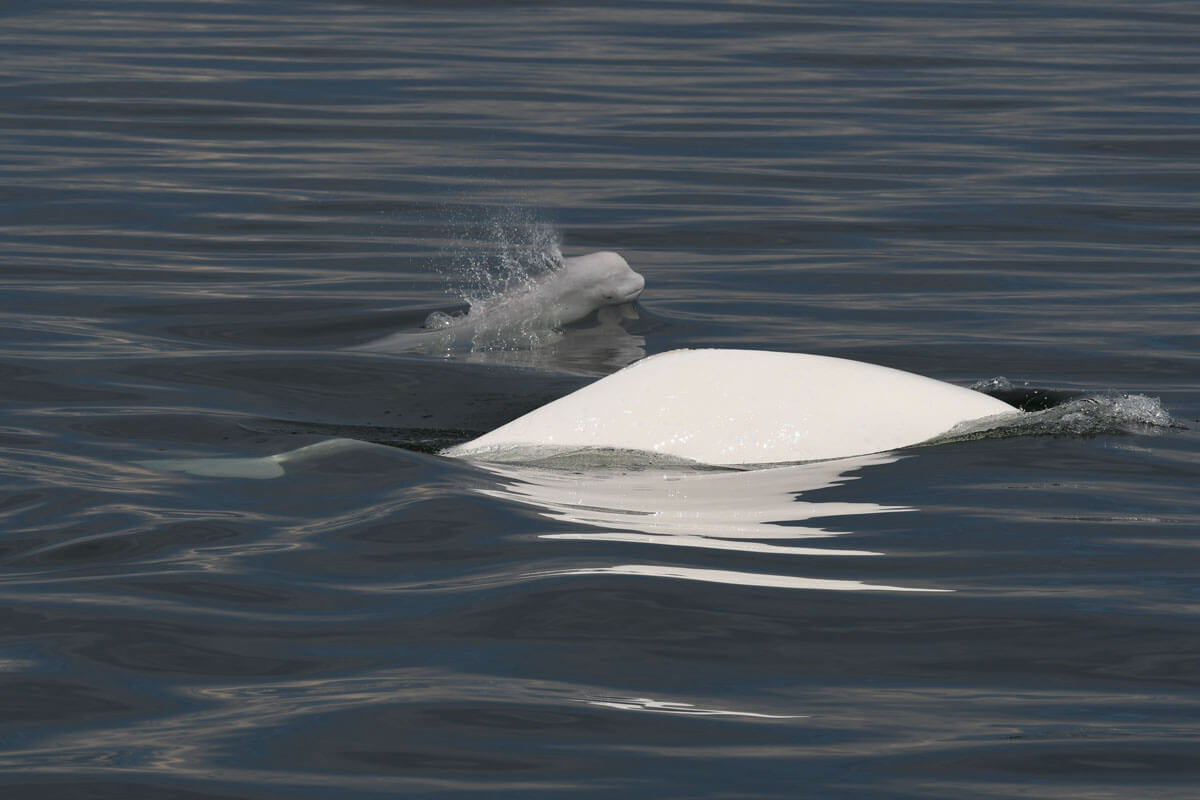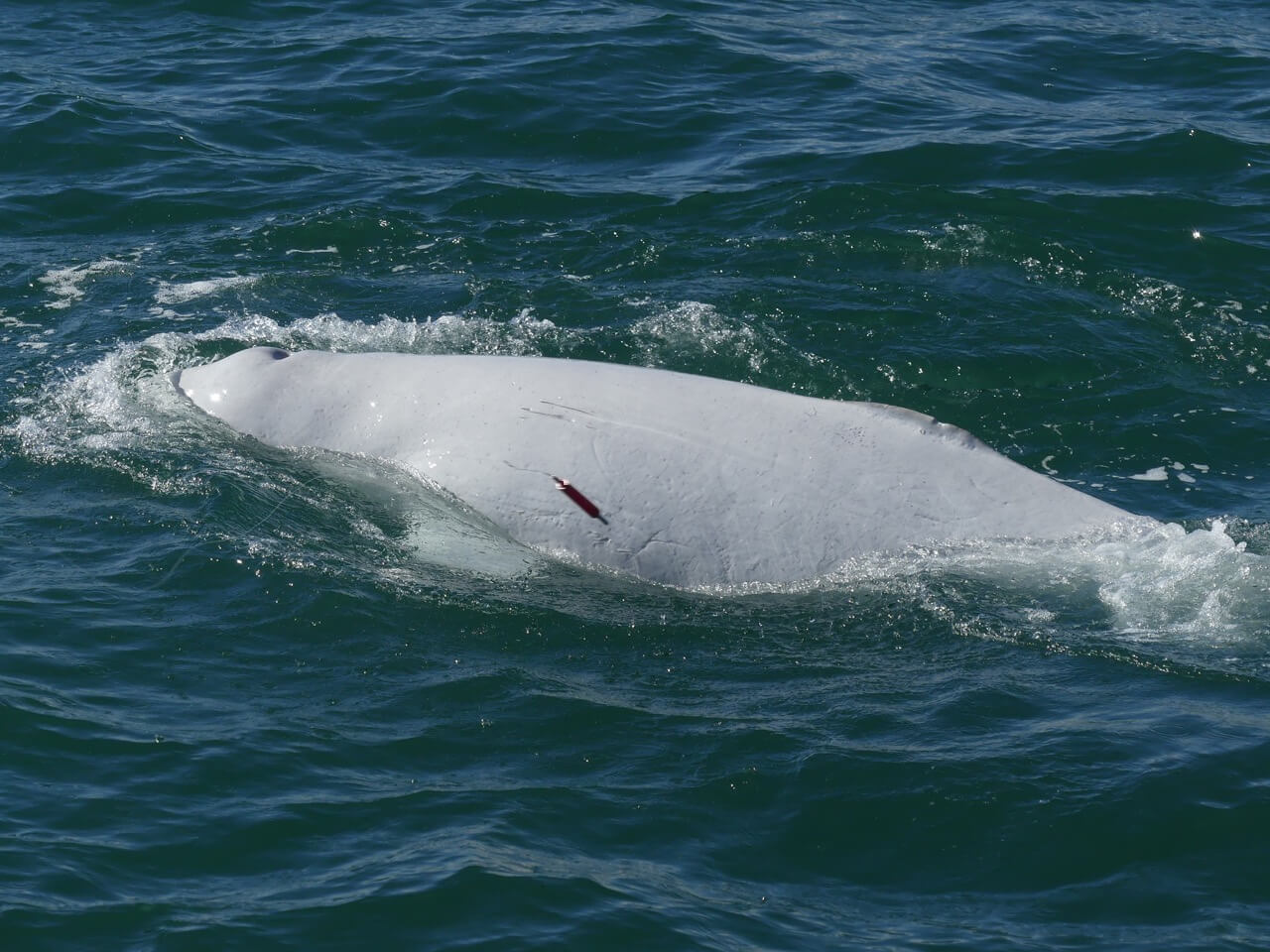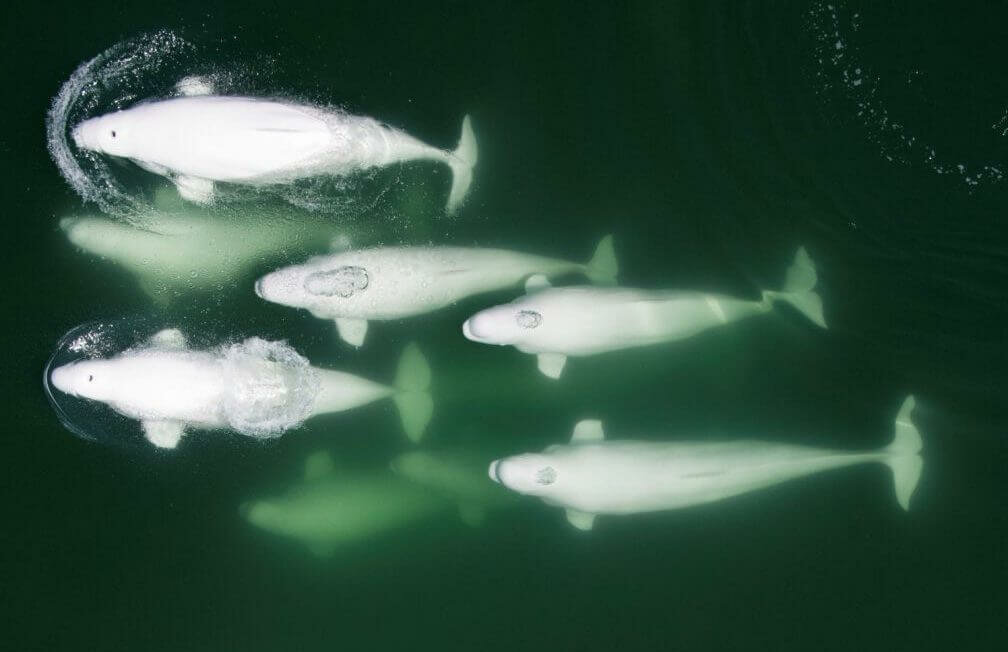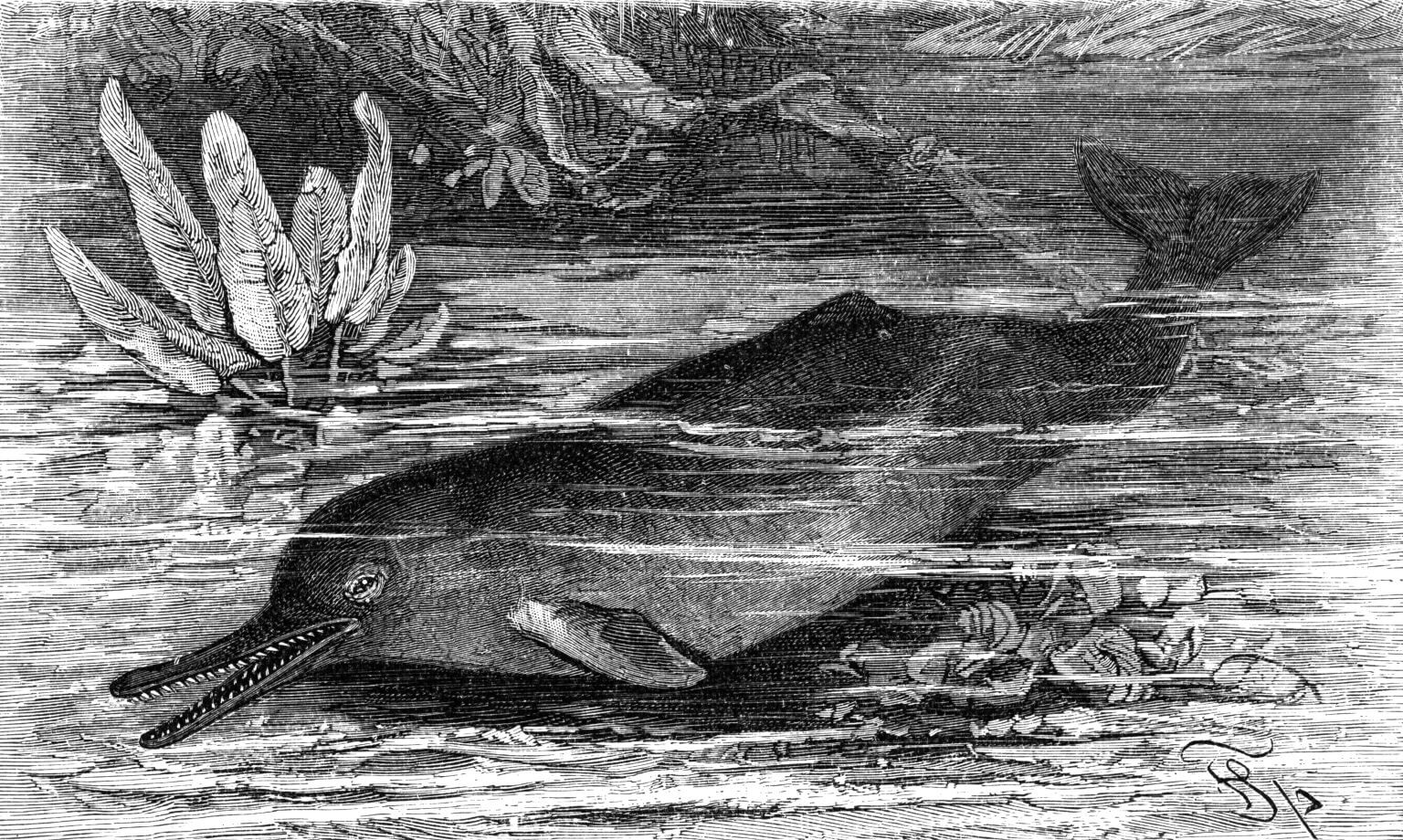Determining the age of a wild beluga is quite a challenge. So when American researchers announce that they are developing a beluga aging technique based on a tiny skin sample, inevitably, we want to know more! Working with the belugas of Cook Inlet, Alaska, the team has succeeded in establishing an “epigenetic clock”. Though this technique is not new, this is the first time it is being used in a population of belugas. Whales Online takes a look at this scientific publication through four key questions.
What is an “epigenetic clock”?
Our DNA corresponds to our genetic background, the personal library that contains all the information about us. But inside our bodies, not every cell reads this immense library in its entirety, only the handful of books it actually needs. Thus, the field of epigenetics is concerned with all the elements that define which genes are used or not in each case and in each place.
One of these “regulatory” elements is methylation, i.e. the attachment of a chemical group to certain places on a strand of DNA to favour or limit gene expression. However, in recent decades, researchers have discovered that methylation changes as an organism ages according to a predictable pattern called the “epigenetic clock”. Once this clock has been established, the age of an individual can therefore be deducted by meticulously looking for the presence or absence of methylation on the DNA. Only a few cells are needed, for example skin cells taken by means of a biopsy.
Though relatively recent, this technique has already been well documented in many species. Humans, of course, have been the primary focus of research, and over the years various epigenetic clocks based on different methylation sites have been proposed. Other species for which an epigenetic clock has already been established include the mouse, the chimpanzee, the dog, or even certain cetaceans such as the humpback whale, bottlenose dolphin and minke whale. This is a first for the beluga.
Are there other ways to determine the age of a beluga?
Until now, the most reliable method for determining the age of a beluga has been to count the growth layers inside one of its teeth. Suffice to say that this technique only applies to carcasses!
At the Group for Research and Education on Marine Mammals (GREMM), researchers who have tracked the St.Lawrence beluga population for 35 years have also developed their own techniques to assess the age of an individual based on its colour. Indeed, belugas gradually change from grey to white during their first years of life, which provides an indication of their age. By analyzing the photo albums of individuals whose age is known with certainty, either because they have been known since birth or because their teeth were analyzed when they died, GREMM researchers were able to calibrate their “colour chart”.
Pursuant to this analysis, it was determined that the transition from dark grey to pale grey or dirty white occurs between the ages of 8 and 10 years old, and the transition from pale grey or dirty white to all white, between the ages of 14 and 16. This method remains imprecise when used during a single encounter, given that shades of grey can be difficult to discern in the field or even in photographs. But when a series of observations of a photo-identified individual covers the duration of one of these transition periods, this chart gives us a good idea of the animal’s age.
What’s the point of knowing a beluga’s age?
How many candles to buy for their party? Not exactly! Like the St. Lawrence belugas, those of Cook Inlet are at risk and their population is in decline. In order to better understand the threats faced by these cetaceans, it is important to better understand the population, its age structure, and its reproductive capacity.
The epigenetic clock can thus be used in combination with other data. “When we carry out a contaminant analysis, for example, sex and age are extremely important variables,” points out Robert Michaud. Among other things, they allow us to better understand how contaminants accumulate with age.”
Likewise, some researchers take fat samples from belugas to measure hormone levels and determine whether or not females are pregnant. If we can link these data with the age of the females sampled, we can learn whether the reproductive age in the population is trending upward or downward.
Lastly, combining sampling for determining an individual’s age and sex with photo-ID sessions opens a new window into the social lives of belugas. “Evaluating the age of individuals within a group would improve our analyses of the social structure of the St. Lawrence beluga,” explains Robert Michaud.
Can we apply this epigenetic clock to belugas in the St. Lawrence?
Although they are the same species, the Cook Inlet and St. Lawrence belugas represent two different populations, so there could be variations between the two. For Robert Michaud, the results published by the research team are promising: “This clock could work on St. Lawrence belugas, but we would have to verify the calibration and fine-tune the method before it could be applied.”
In fact, Timothy Frasier’s team at Saint Mary’s University in Halifax is already working on an epigenetic clock suitable for St. Lawrence belugas. “It is not a direct transfer, instead we would need to develop out own techniques […],” says Tim Frasier. [We rely on] sites that have been found to be informative for estimating age in other whales, humans, and other mammals. […] This study adds 23 new sites to our toolbox, so that is helpful.”
We can therefore bet that belugas will soon no longer be able to lie about their age!



